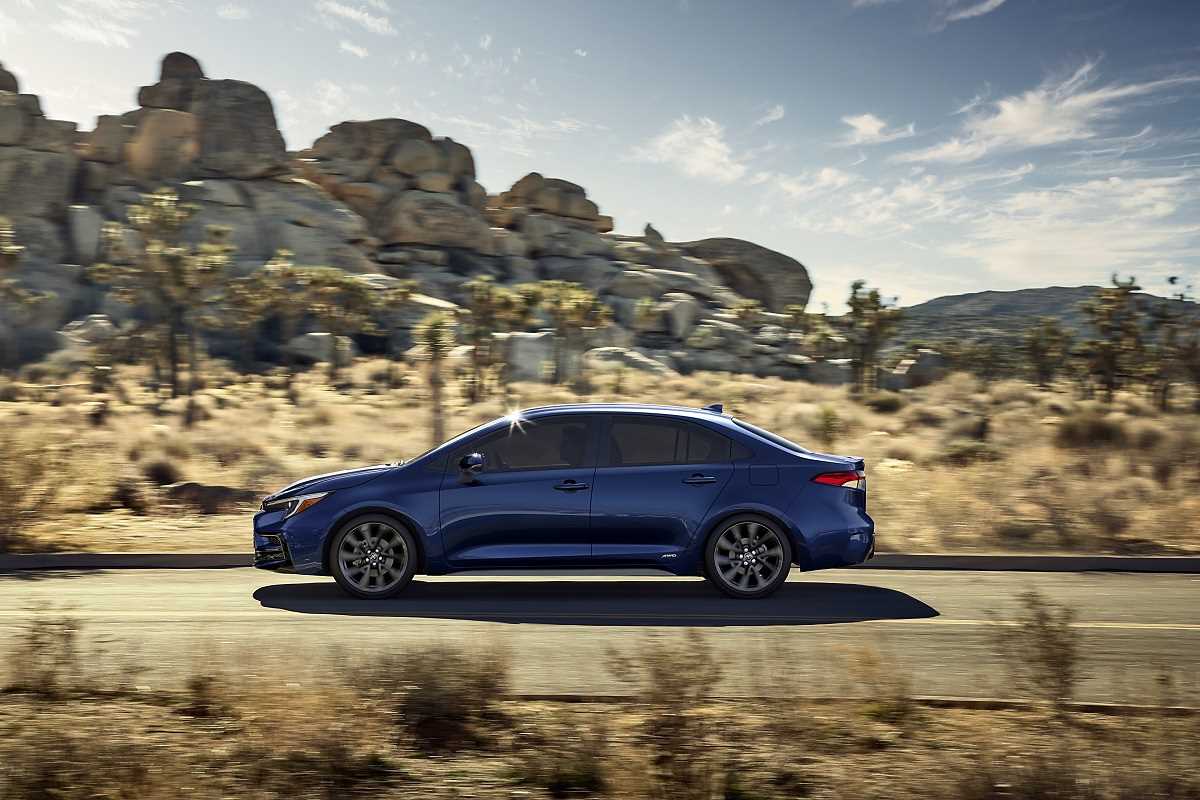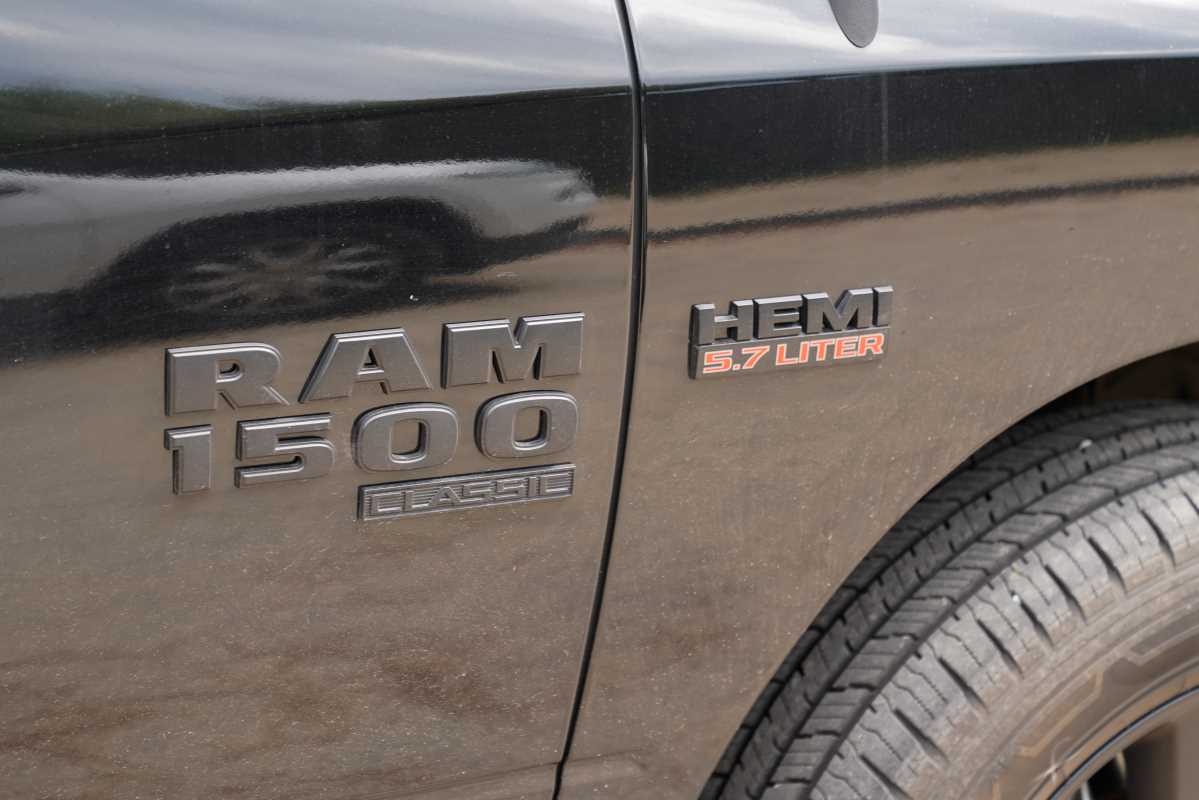The Jeep Grand Cherokee has a powerful appeal, offering a fantastic mix of rugged off-road capability, on-road comfort, and upscale style. It’s no wonder so many people dream of owning one. The used market can make this dream an affordable reality, but stepping into ownership requires a bit of homework to ensure you get a reliable vehicle. Knowing the specific issues to watch for can empower you to make a confident and smart purchase. We've got you covered with this helpful guide. We’ll walk you through the key red flags to look for, helping you find a great Grand Cherokee that you can depend on for all your adventures.
Understanding the Grand Cherokee Generations
When shopping for a used Grand Cherokee, you'll most likely encounter the fourth generation, known as the "WK2," which was produced from 2011 to 2021. This was a very popular and long-running generation, so there are many of them available. It’s important to know that significant updates occurred in 2014, including a new eight-speed automatic transmission and a refreshed design.
The WK2 offers a wide array of trims, from the base Laredo to the luxurious Summit and the high-performance SRT and Trackhawk models. Understanding which year and model you're looking at is the first step, as some issues are more common to specific powertrains or production years. This knowledge will help you focus your inspection and ask the right questions.
The Air Suspension System: A Major Watch Point
One of the most desirable features on higher-end Grand Cherokee trims (like the Overland and Summit) is the Quadra-Lift air suspension. This system provides a wonderfully smooth ride and allows you to adjust the vehicle's height for easier entry, better aerodynamics on the highway, or increased ground clearance for off-roading. However, it can also be one of the most significant sources of expensive repairs.
What to Look For
Pay close attention to how the vehicle sits. A Grand Cherokee with a failing air suspension might lean to one corner or sit lower than it should. When you start the car, listen for a compressor that runs excessively long or is unusually loud, as this can indicate a leak in the system.
During your test drive, cycle the suspension through all its height settings. The process should be smooth and relatively quick. Any error messages on the dash related to the suspension are a major red flag. Repairs, which can involve replacing air springs, the compressor, or control modules, can easily cost thousands of dollars. A thorough inspection of this system by a qualified mechanic is a must.
Electrical Gremlins and Infotainment Issues
Modern vehicles are packed with complex electronics, and the Grand Cherokee is no exception. Electrical issues are a commonly reported concern, so it’s an area that deserves your full attention. These problems can range from minor annoyances to issues that affect the vehicle's drivability.
The TIPM: A Known Concern
On earlier WK2 models (primarily 2011-2013), a component called the Totally Integrated Power Module (TIPM) was a known weak point. The TIPM is essentially the electrical nerve center of the vehicle, controlling everything from the fuel pump to the power windows. A faulty TIPM can cause a wide range of bizarre and intermittent problems, such as the engine failing to start, the horn going off unexpectedly, or the fuel pump continuing to run after the car is off. While many of these have likely been addressed under recalls, it's something to be aware of.
Uconnect Infotainment System
During your inspection, spend plenty of time testing the Uconnect infotainment system. Check for slow response times, freezing, or a screen that reboots randomly. Test the navigation, Bluetooth connectivity, and all the associated buttons. Some screens have also been known to "delaminate," where the top layer bubbles or peels, making the touchscreen difficult to use. Replacing the head unit can be expensive, so ensure it’s working perfectly.
Powertrain Reliability: Engines and Transmissions
The Grand Cherokee has been offered with several engine options, each with its own set of potential concerns. A complete service history is your best friend here, as it shows the vehicle has been properly maintained.
V6 and V8 Engine Checks
The standard 3.6L Pentastar V6 is a solid engine but has had some known issues with oil cooler housings leaking, which can be a costly repair. Look for any signs of oil leaks around the top and back of the engine. The available 5.7L HEMI V8 is also generally reliable, but listen carefully for the "HEMI tick," a noise that can indicate a problem with the lifters, especially on engines that haven't had frequent oil changes with the correct type of oil.
Transmission Performance
The eight-speed automatic transmission introduced in 2014 is a significant improvement over the older five-speed unit. However, some owners have reported harsh shifting or delays when engaging gears. During your test drive, pay attention to how smoothly the transmission shifts, both when accelerating gently and under harder acceleration. Any clunking, hesitation, or jerky shifts should be investigated by a professional.
Signs of Off-Road Abuse or Neglect
The Grand Cherokee is an incredibly capable off-road vehicle, which is a big part of its appeal. The downside is that some may have been used aggressively on trails, leading to hidden damage.
Inspecting the Underbody
You don't need to be a mechanic to do a basic underbody check. Look underneath the vehicle for any significant scrapes, dents, or damage to the frame, suspension components, or skid plates. Mud or debris caked in hard-to-reach areas could be a sign of heavy off-road use. Check for any leaks from the differentials or transfer case. This kind of wear and tear might not show up on a standard vehicle history report, so a visual inspection is key.
Water Leaks and Interior Wear
Water leaks have been a reported issue for some owners. Check for dampness in the carpets, particularly in the driver and passenger footwells and in the rear cargo area. Peel back the corner of the cargo area carpet and check the spare tire well for any signs of standing water or rust. A musty smell inside the cabin is another warning sign. These leaks can originate from clogged sunroof drains, bad seals, or improperly installed roof racks.
Making a Confident Choice
Buying a used Jeep Grand Cherokee can be a wonderful and rewarding experience, giving you access to a vehicle that is versatile, stylish, and fun to drive. The key to success is approaching the process with your eyes open, ready to identify potential problems before they become your financial burden.
Always insist on a pre-purchase inspection from a reputable independent mechanic who is familiar with Jeep products. They have the tools and experience to spot these red flags and can give you a clear picture of the vehicle's health. By carefully checking these key areas, you empower yourself to find a well-maintained Grand Cherokee that will be a reliable partner for years to come.
 (Image via
(Image via





